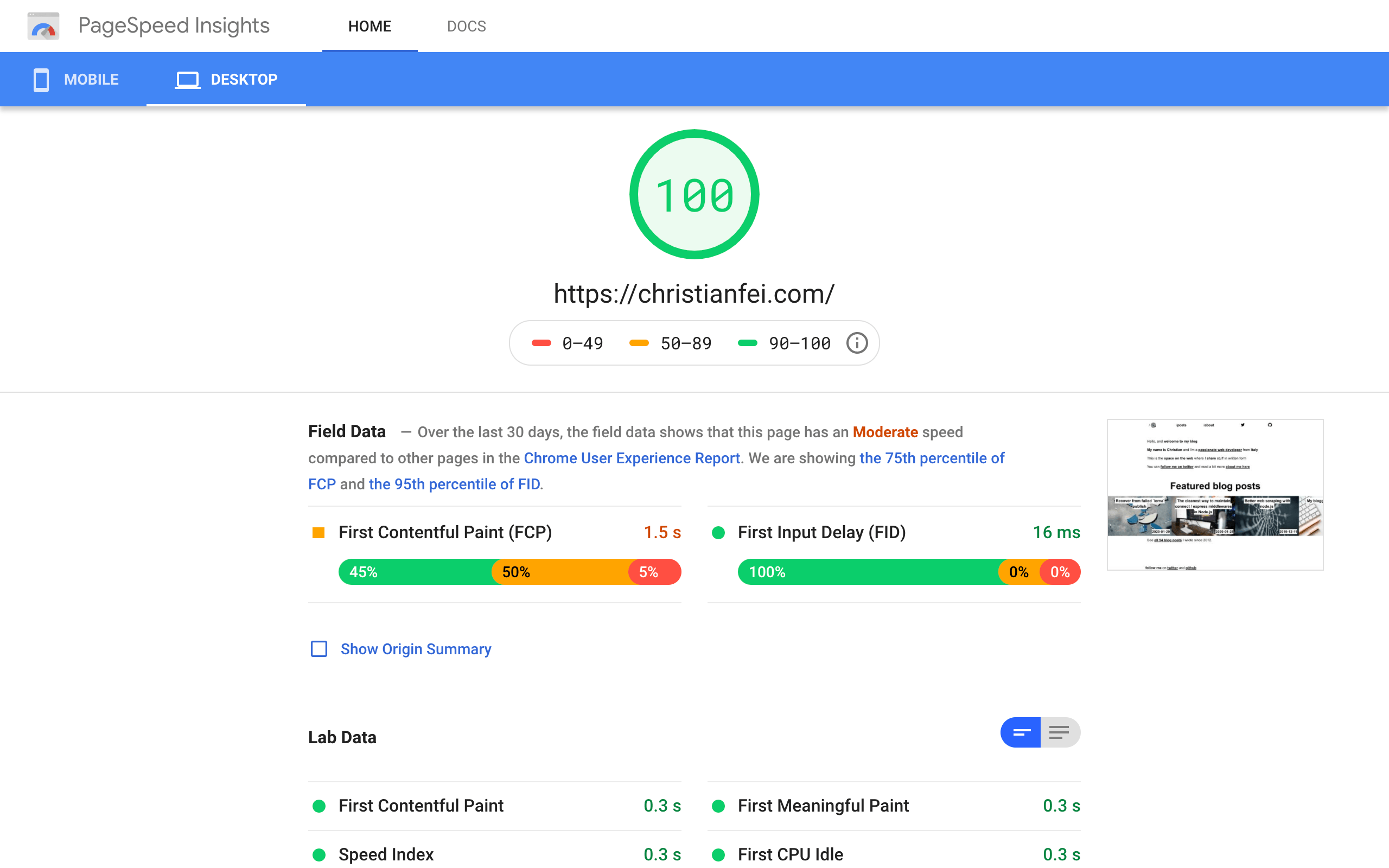The alternative title could be Lazy loading images in 900B.
TLDR;
here’s the source code:
window.lazyLoad = lazyLoad
function lazyLoad (selector = '[lazy]') {
console.log('lazyLoad', selector)
let $lazy = typeof selector === 'string' ? [...document.querySelectorAll(selector)] : [...selector]
console.log('$lazy.length', $lazy.length)
window.addEventListener('DOMContentLoaded', () => {
console.log('DOMContentLoaded', $lazy.length)
})
$lazy = $lazy.filter(el => !(isScrolledIntoView(el) && applyLazy(el)))
console.log(' - $lazy.length', $lazy.length)
let lastCheck
window.onscroll = function (e) {
if (lastCheck && ($lazy.length === 0 || lastCheck > Date.now() - 50)) return
lastCheck = Date.now()
$lazy = $lazy.filter(el => !(isScrolledIntoView(el) && applyLazy(el)))
}
function applyLazy (el) {
const imageUrl = el.getAttribute('lazy')
if (el instanceof window.HTMLImageElement) {
el.setAttribute('src', imageUrl)
} else {
el.style.backgroundImage = `url(${imageUrl})`
}
return true
}
function isScrolledIntoView (el) {
var rect = el.getBoundingClientRect()
var isVisible = (rect.top >= 0) && (rect.bottom <= (window.innerHeight + rect.height))
return isVisible
}
}
lazyLoad()What’s that [lazy] thing anyway?
The CSS Selector (more specifically the CSS Attribute Selector) of the HTML elements to apply lazy loading to.
You can apply it to any element and it will apply the src attribute to img elements, and the background-image CSS style attribute to any other element.
This enables you to do the following in HTML:
<img src="placeholder.png" lazy="https://example.com/image.png">
<div lazy="https://example.com/image.png">lorem ipsum</div>DOMContentLoaded and onscroll
DOMContentLoaded
When the DOM finishes loading, we do a first run of lazy loading applied to all elements present on the page, found by the CSS Selector [lazy].
This loads images that are in view right away, as if nothing happened.
The other images, lower in the page etc, are only loaded when the user scrolls to them.
onscroll
The procedure above is repeated every time the user scrolls the browser window, debounced by 50ms.
applyLazy
The element passed in is modified to set the src attribute to img elements, and the background-image CSS Style attribute to any other element.
isScrolledIntoView
This function determines if a passed HTML element is in sight of the user.
If so, it returns true.
about that .filter part…
$lazy = $lazy.filter(el => !(isScrolledIntoView(el) && applyLazy(el)))what this means is:
apply the image lazy loading to all image in view and filter them out
That’s it
Nothing more, nothing less.
Just call lazyLoad() (even without arguments, if you use the convention [lazy]), and all your images will be lazy-loaded easily.
grab a copy of lazyload.js now!
I like this approach since I was triggered when I saw this gatsy configuration for a blog search, which struck with me. In the sense that for a “simple” blog search (be it 1000 blog posts even), you can handle them easily I bet with plain HTML and JS, CSS if you want to make it look fancy.
The next blog post I want to tackle is exactly this: a simple blog search, as you can find on /posts/ with just HTML and JavaScript.
update 2020/02/08 Here is the blog post
pagespeed insights says thaanks 💯
At the same time I wanted to improve my pagespeed-insights score for christianfei.com, and here it is:

 Chris
Chris